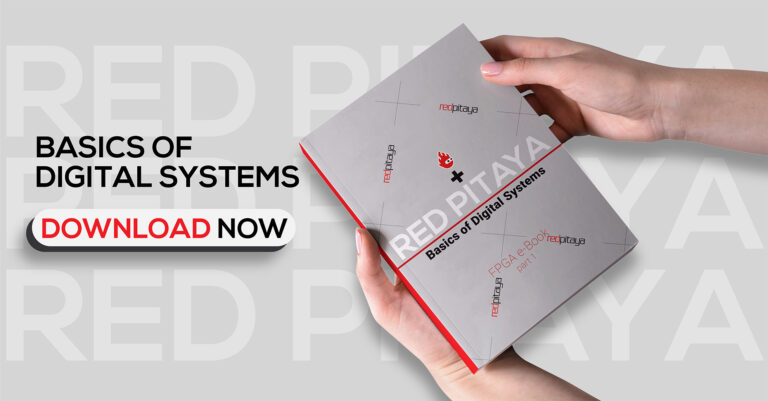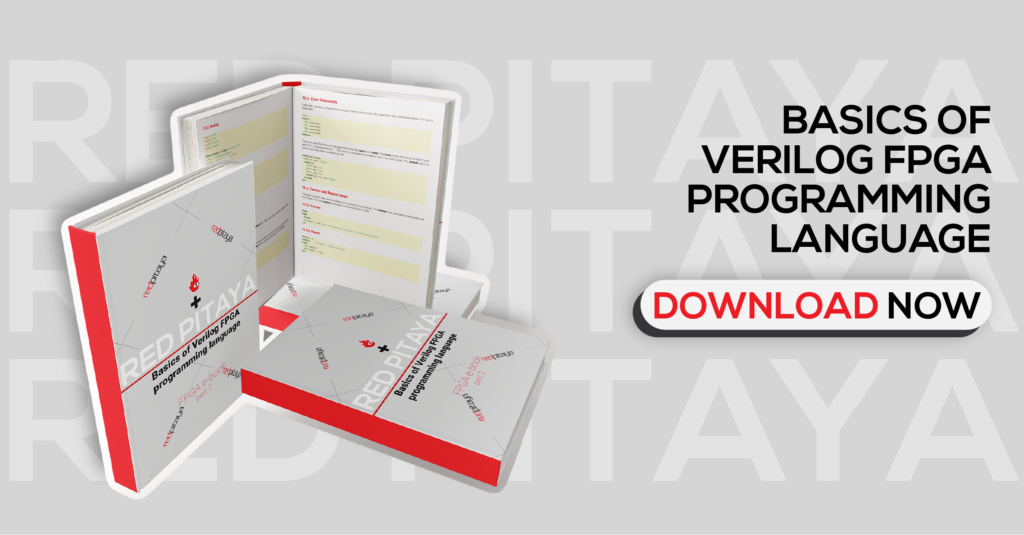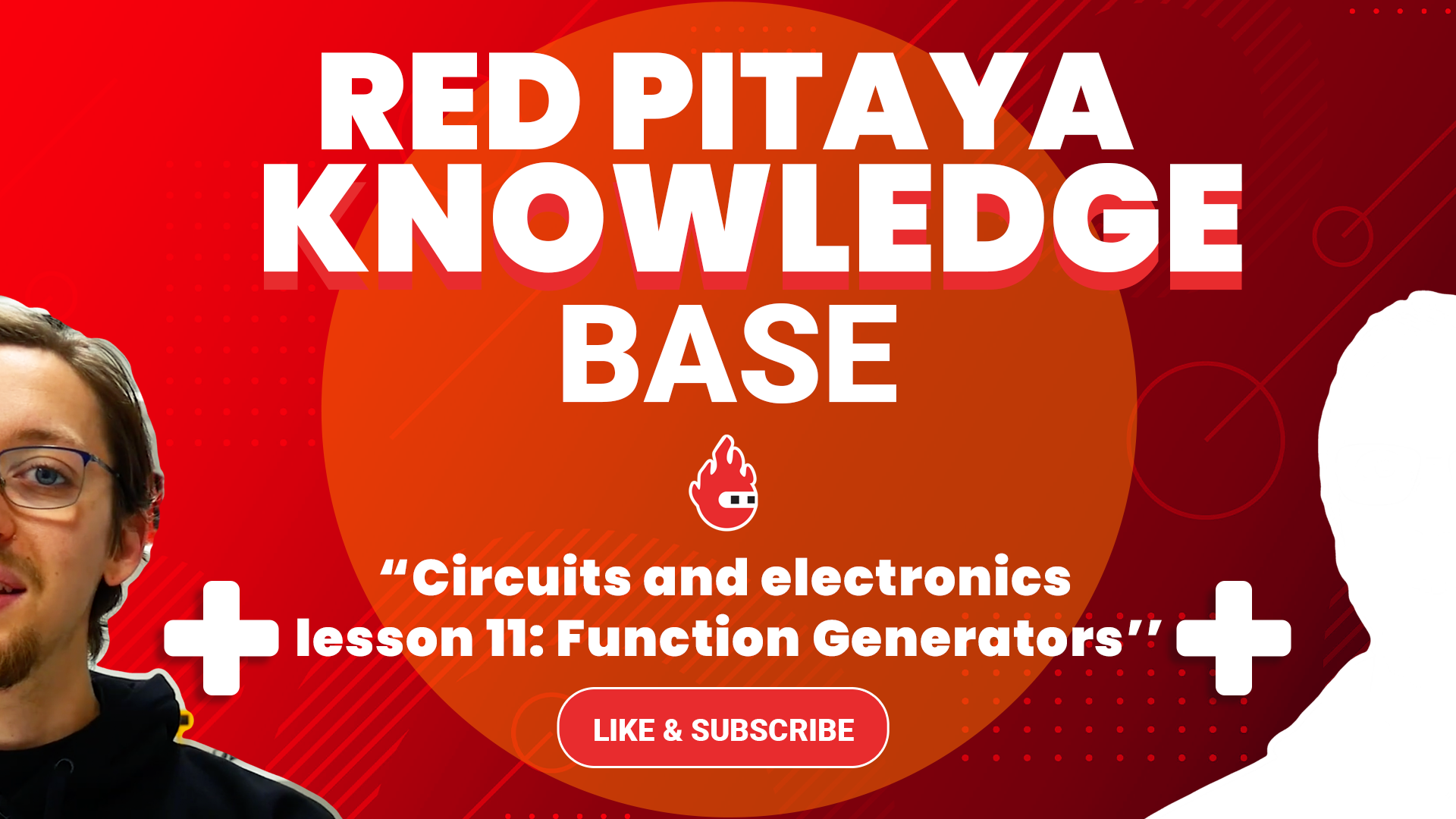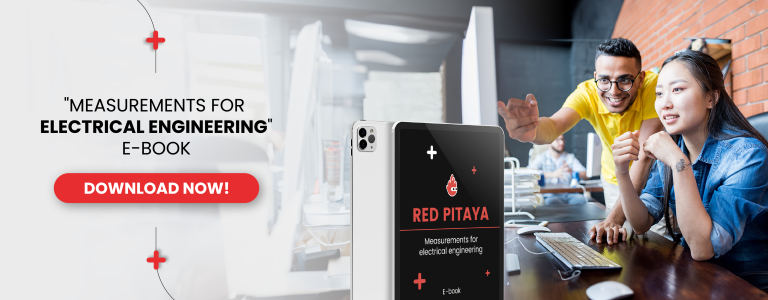Red Pitaya teaching materials
Welcome to Red Pitaya's teaching material database. Red Pitaya is a perfect tool to start learning due to its simple web applications and many great examples available. Explore our ever-growing teaching database below and learn something new. If you create a cool project be sure to let us know, we love to share those!
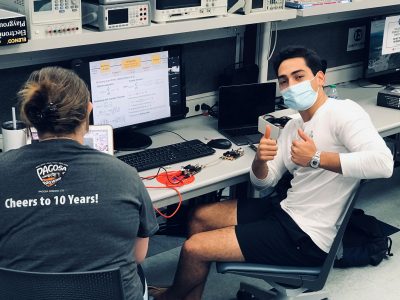
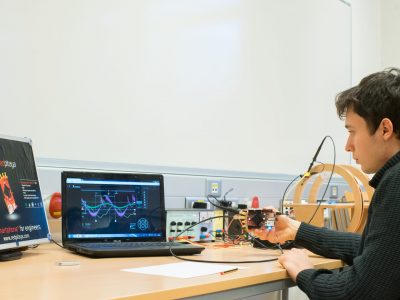
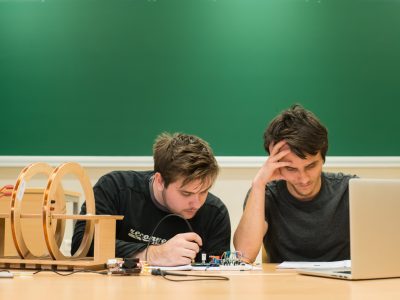
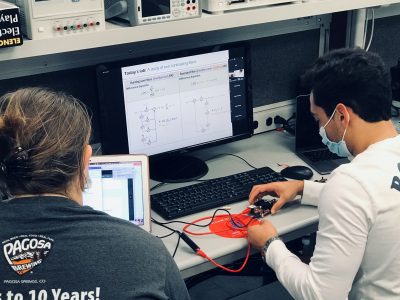
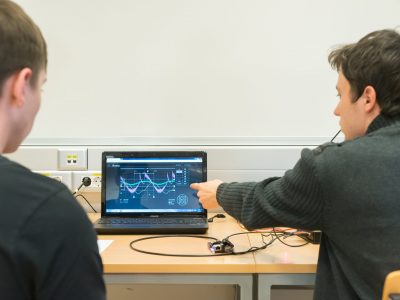
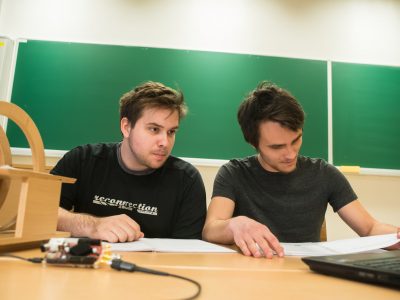
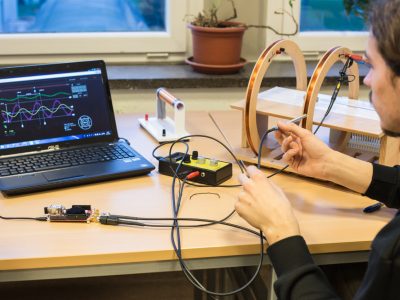
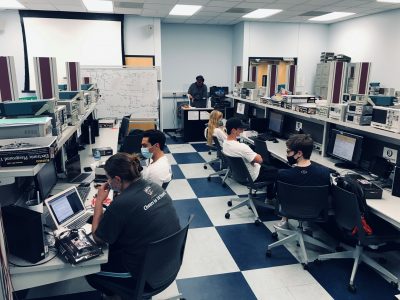
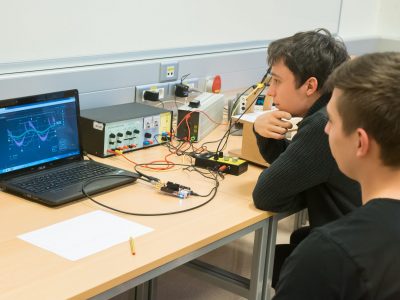
Learn FPGA programming
Learn FPGA programming using Red Pitaya. From basics of digital systems and Verilog programming to simple and advanced examples.
Basics of Digital Systems
Basics of Verilog FPGA programming
Vivado FPGA programming environment
FPGA lessons
Other Red Pitaya
FPGA related
material
Circuits & electronics
Learn about passive and active electronic components, their behavior, and their use in theory and practice through videos and written material.
Resistor circuits
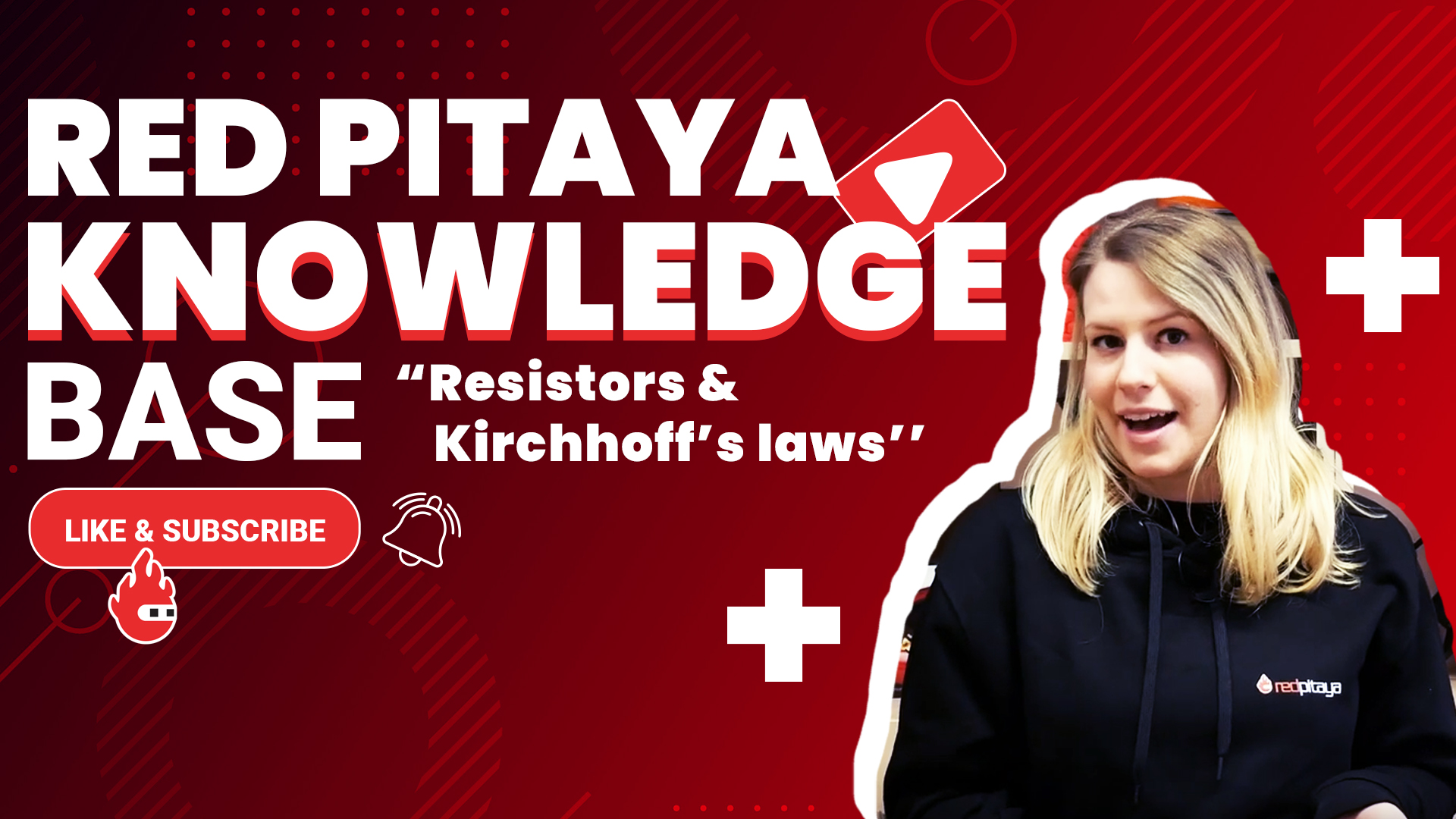
Transient Response
Analog Filters
OpAmps 101
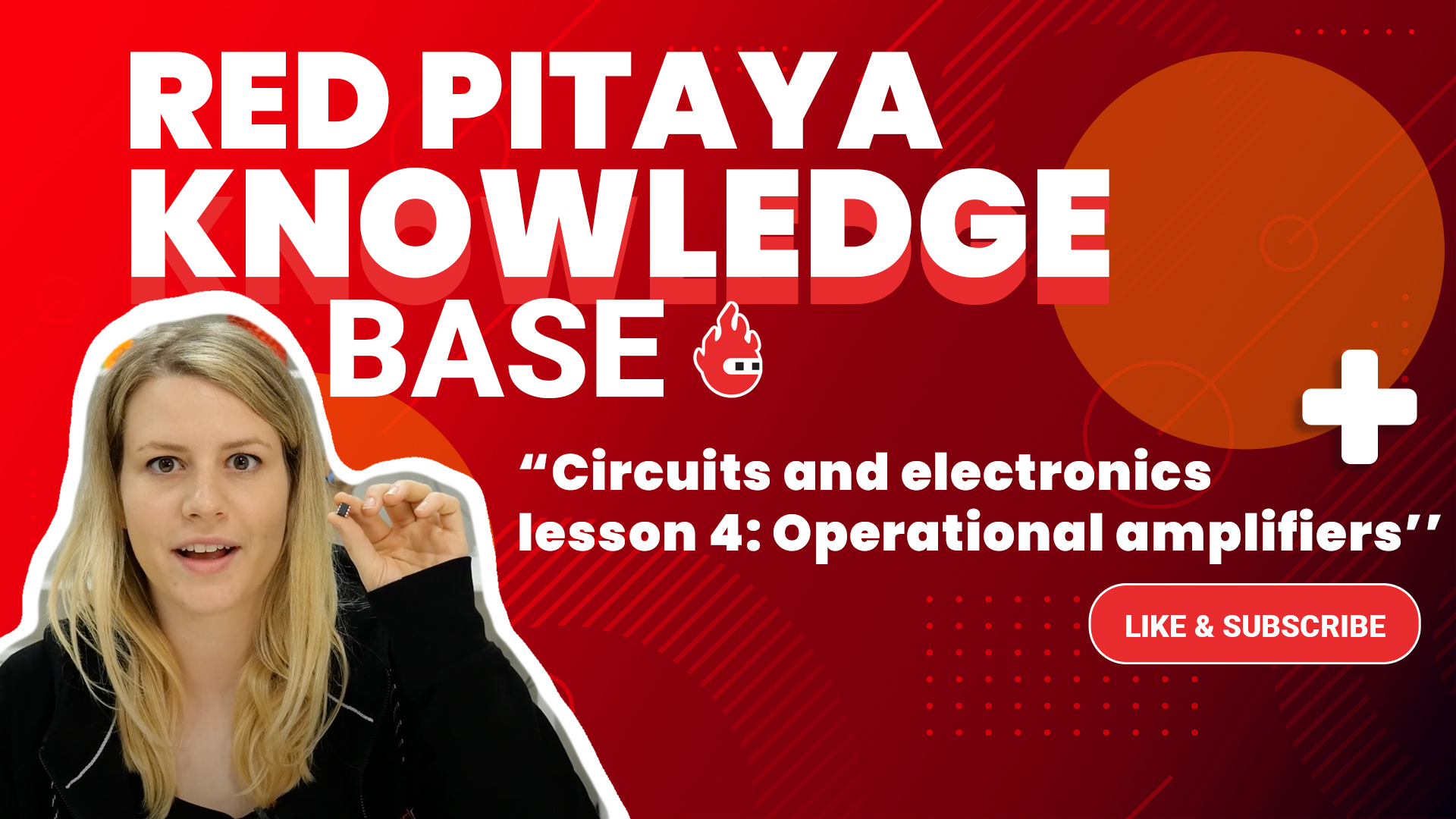
Active Filters
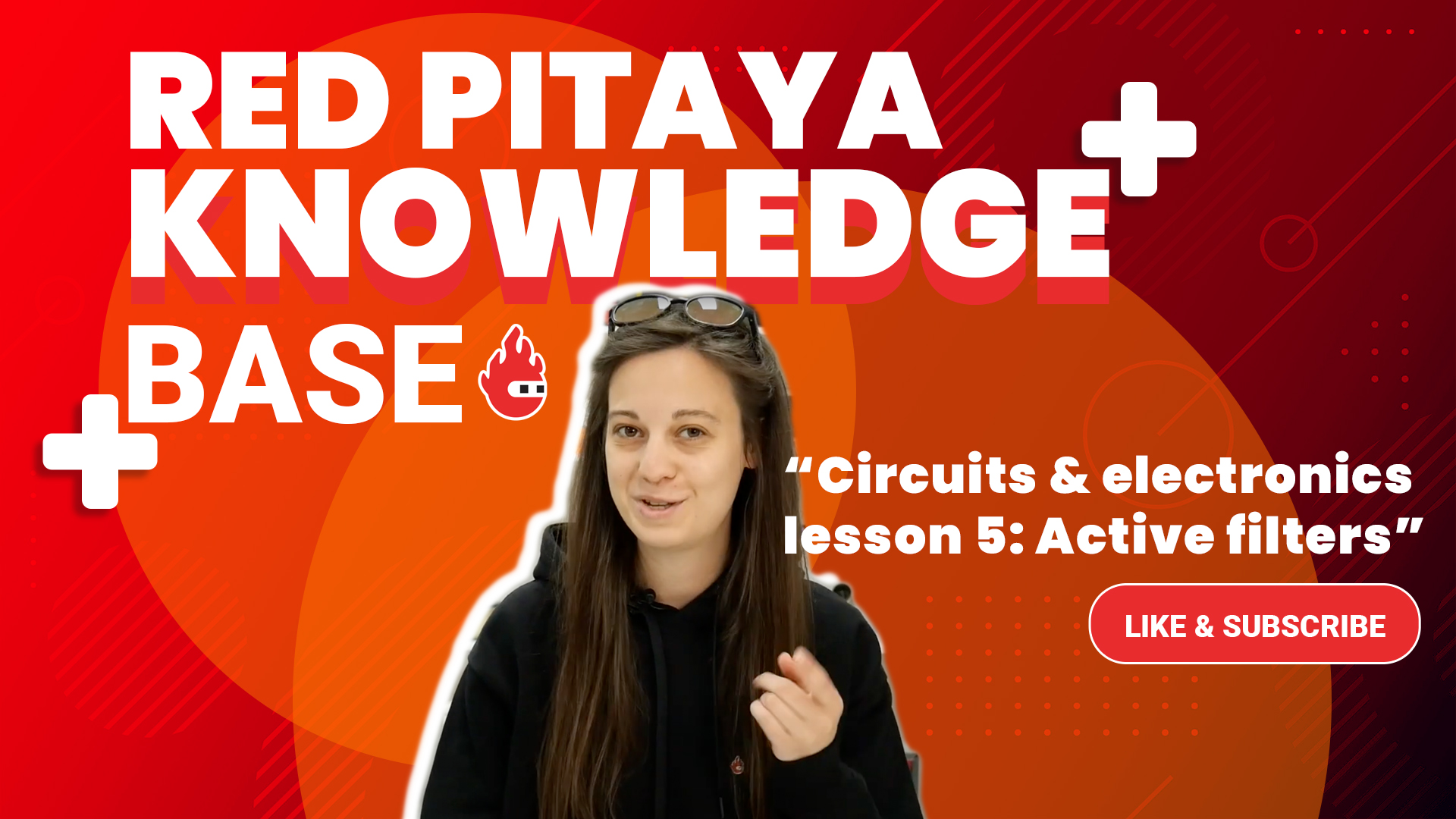
Superposition
Analog addition and subtraction
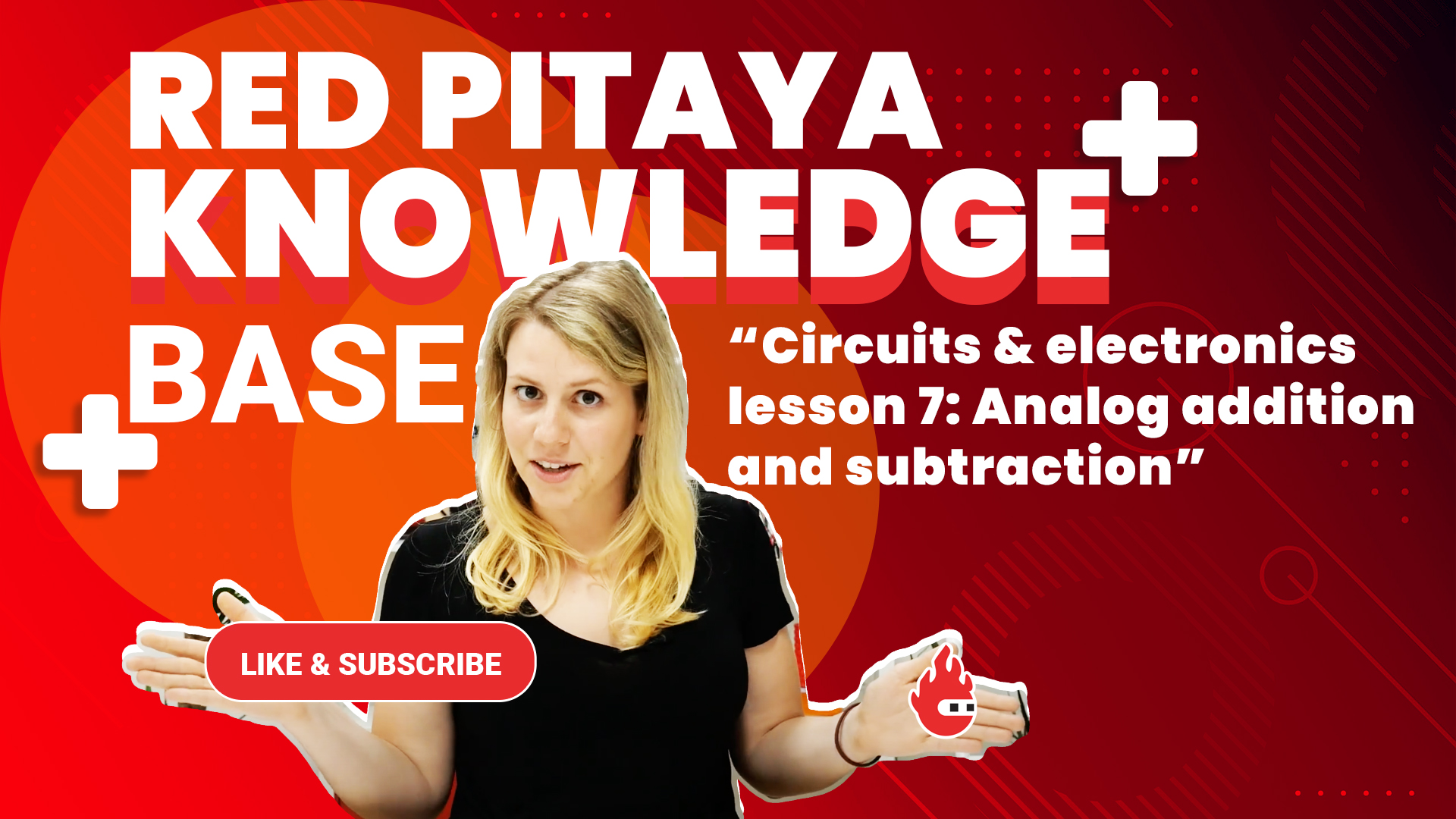
Diodes
Full wave
rectifiers
Schmitt triggers
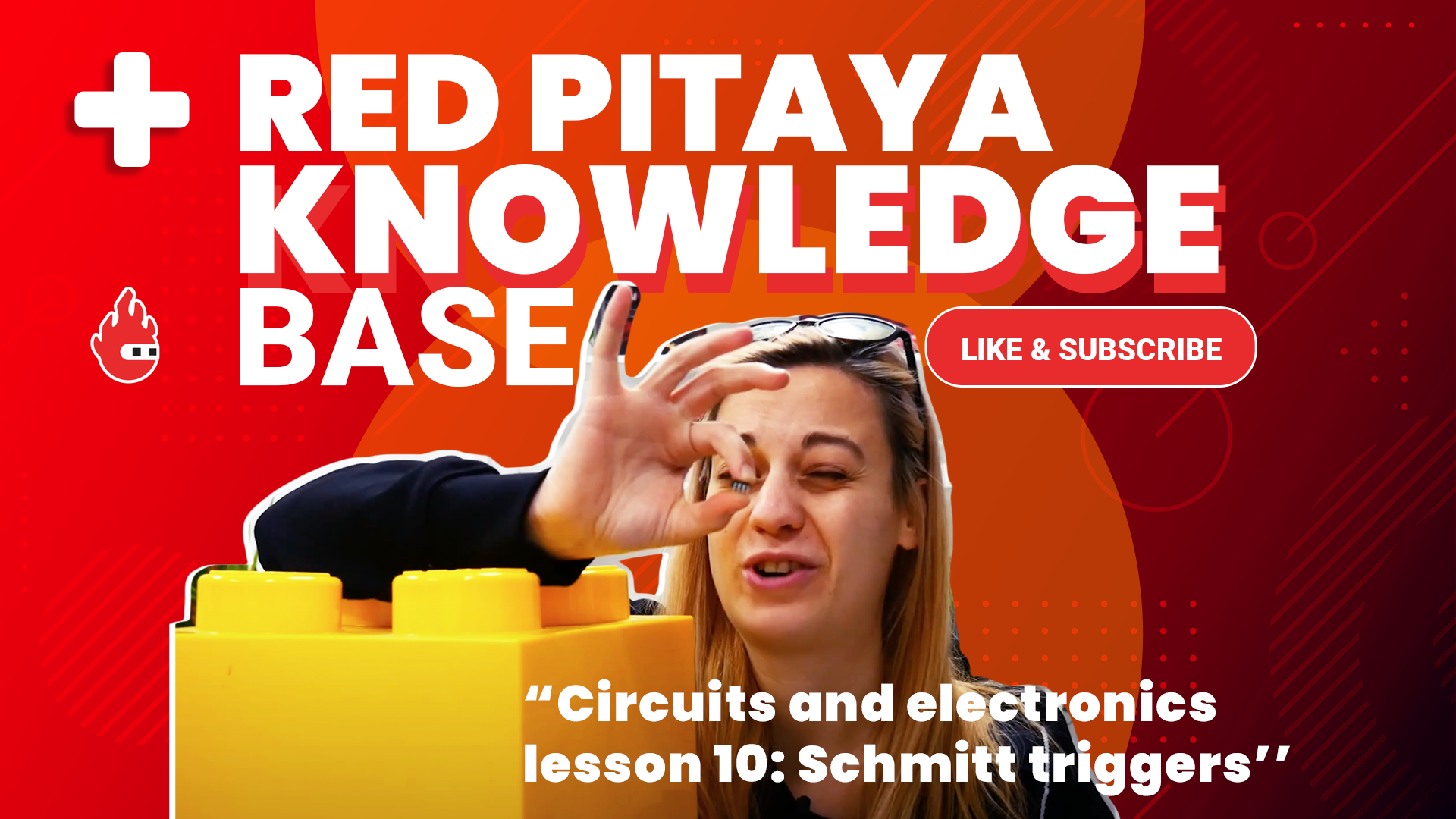
Pulse Width Modulation
Measurements in electrical engineering
Learn more about test and measurement instruments like oscilloscope, spectrum analyzer, and how to control Red Pitaya using MATLAB & LabVIEW.
Measurements for electrical engineering
Test and measurement instruments
Our customers' testimonials
The Red Pitaya teaching materials are really well structured, from the basics to quite sophisticated example applications. The basic introductory chapters cover both digital as well as analog circuit design in a very good way for beginners, with all the necessary information but not so much as to become boring.
All the chapters contain the required theoretical background and key formulas with good understandable examples. Practical exercises and tasks to do further help in understanding of theory. These exercises are described using text along with key pictures and additionally supported by video live explanations.
For digital design a Verilog-HDL course and an introduction to FPGA design tools are included, which makes the lecture material complete for easy steps into own practical experiments.
The Test and Measurement chapter explains typical measurement equipment for modern electronics, like an oscilloscope, logic analyzer or spectrum analyzer, with short video explanations.
Overall, this is a very well done and complete set of lectures and exercises for learning electronics, starting at the very beginner level and leading students to quite complex own experiments.
